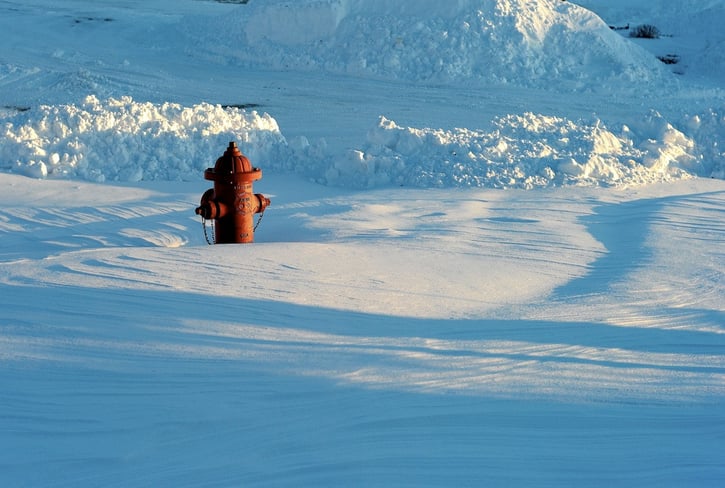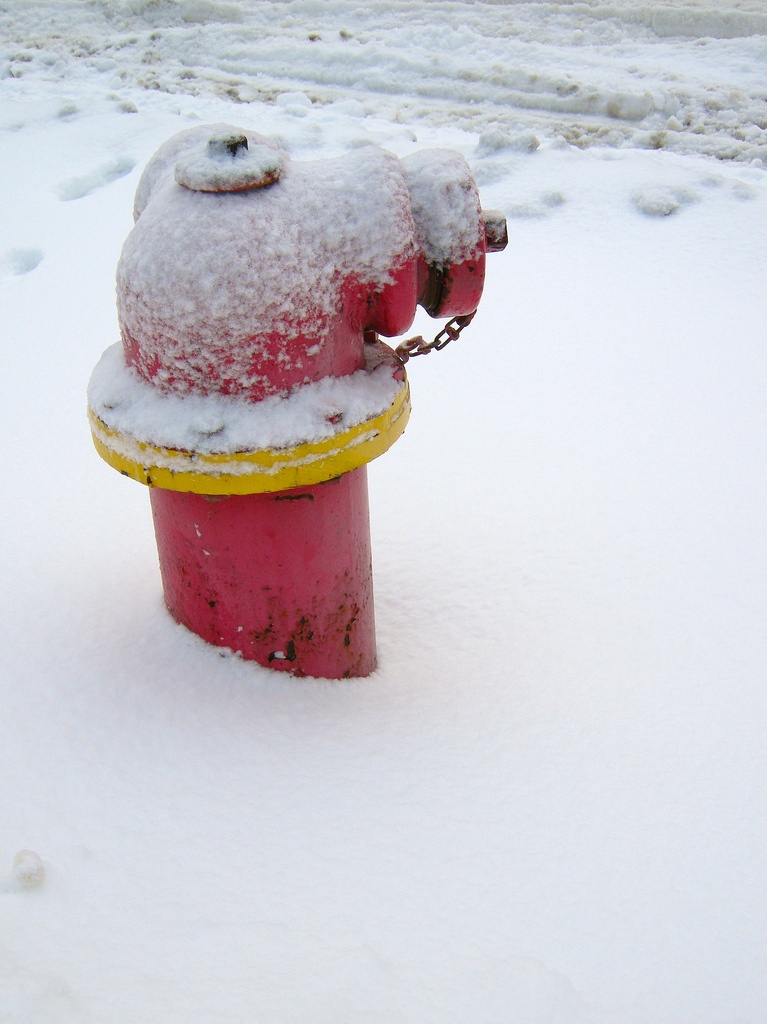Predicted Large Snowfall in the Northeast: Are Your Hydrants Prepped?
- Home
- Team EJP Blog
- Predicted Large Snowfall in the Northeast: Are Your Hydrants Prepped?
- Oct 19, 2015 8:27:27 AM
- Everett J. Prescott

With the unusual weather of the past few years, it's becoming harder and harder to plan for what the north wind will blow our way. Though forecasting the weather is still a somewhat inaccurate science, climatologists are developing better models to predict weather patterns. unfortunately, they're predicting significant snowfall in the northeast again this winter. But what does that mean to your city, your citizens, your hydrants and your fire department's ability to respond to a fire? Let's take a look at this scenario and see what plans should be put into action proactively so you have what you need when it's needed most.
More Rigorous Usage
Over the course of the winter, it seems as though we see a house fire on the news every few days. There's no doubt that severe winter weather leaves desperate homeowners in a pinch to keep their homes heated, which often leads to the use of unsafe methods of home heating. The resulting house fires require more frequent use of your hydrants during the worst weather of the year, when your emergency response personnel may not be as careful due to the cold. Checking your hydrants for stripped heads or threads and replacing those that are difficult to open may mean the difference between a house fire stopped in time and a terrible tragedy that could have been avoided.
Higher Risk of Damage
 Severe winter weather also brings ice with it, which leads to bad driving and more motor vehicle accidents. In some of these accidents, you're probably going to have problems with damage to a hydrant as the vehicles slip and slide along the roadway. Though you can protect against this type of damage to a certain extent by putting posts or a strong enclosure around it, this also makes it more difficult to access during an emergency and may not protect it against large vehicles such as tractor trailers. You may want to keep a repair kit or a spare hydrant on hand that allows you to quickly change out the damaged hydrant with the replacement, minimizing down time and the risk that you can't get water to a fire when it's needed most.
Severe winter weather also brings ice with it, which leads to bad driving and more motor vehicle accidents. In some of these accidents, you're probably going to have problems with damage to a hydrant as the vehicles slip and slide along the roadway. Though you can protect against this type of damage to a certain extent by putting posts or a strong enclosure around it, this also makes it more difficult to access during an emergency and may not protect it against large vehicles such as tractor trailers. You may want to keep a repair kit or a spare hydrant on hand that allows you to quickly change out the damaged hydrant with the replacement, minimizing down time and the risk that you can't get water to a fire when it's needed most.
Frozen Hydrants
The worst winter fire scenario is arriving at a fire to find the hydrant is frozen. The best way to prevent this situation is to use regularly-tested dry-barrel hydrants. A dry-barrel hydrant has a pair of valves that work in concert at any given time, one that fills the hydrant barrel and one that drains it. When one is open, the other is closed, so you have water when you need it and a frost-protected hydrant the rest of the time. To test your dry-barrel hydrant, you'll need a weight on the end of a string. Drop the weight down the barrel of the hydrant while the supply valve is closed. If the string is wet when you withdraw it, either your drain valve isn't draining or your supply valve isn't shutting completely.
Now that you have some ideas of how this winter's snowy forecast will affect your hydrants and your fire department's ability to respond to fires in your community, why not start putting those action plans into place? Collect the model numbers you need and determine what hydrants are in need of repair or replacement before old man winter is blowing at your door and you'll avoid a lot of aggravation this winter. If you have questions or need help finding the perfect parts for your hydrant system, please feel free to contact us.

Hydrant Maintenance and Flags Product Guide!
Photo credit: smaedli / Foter / CC BY








